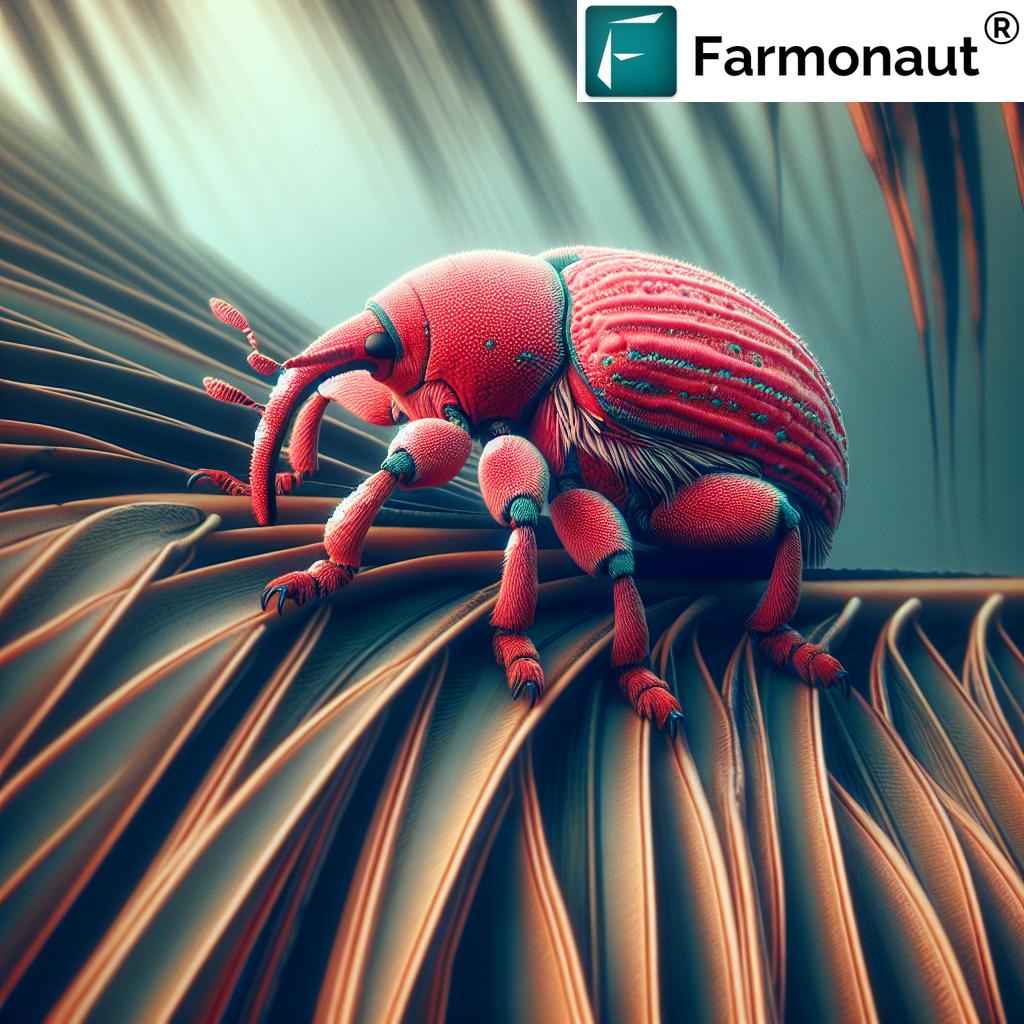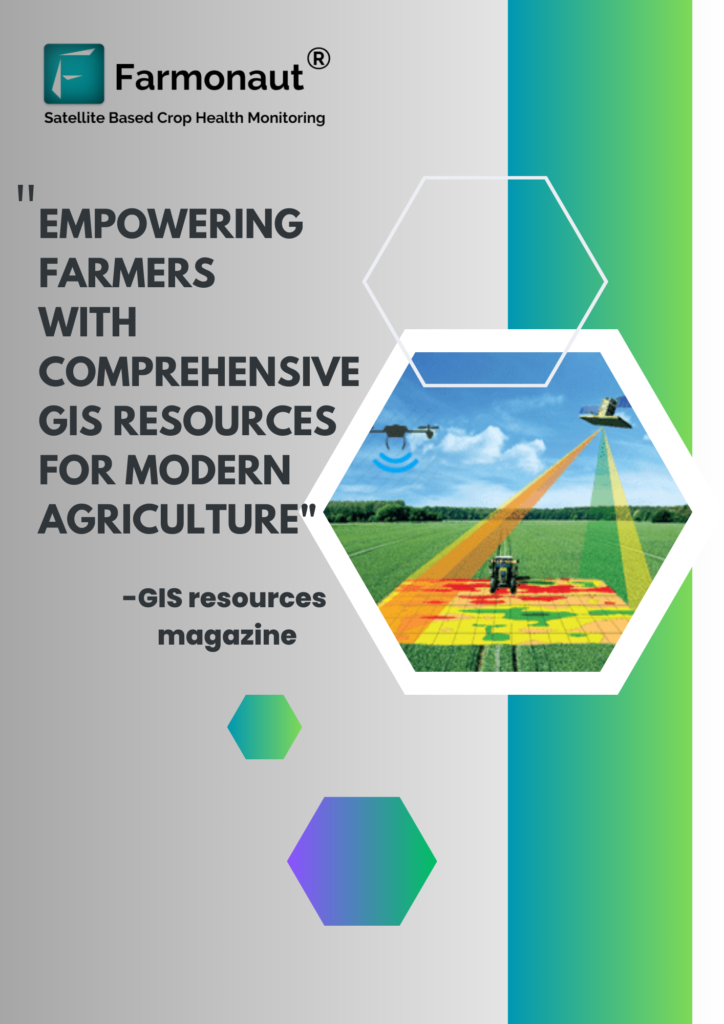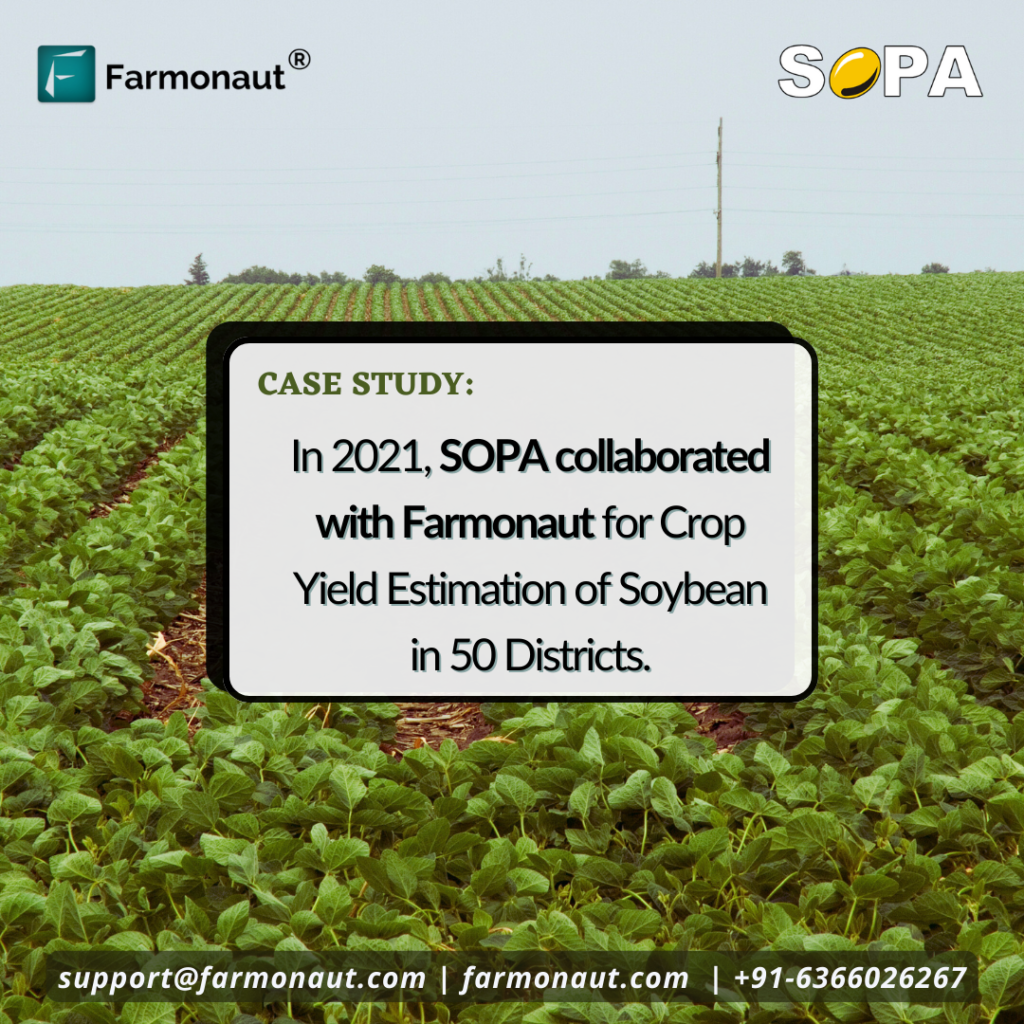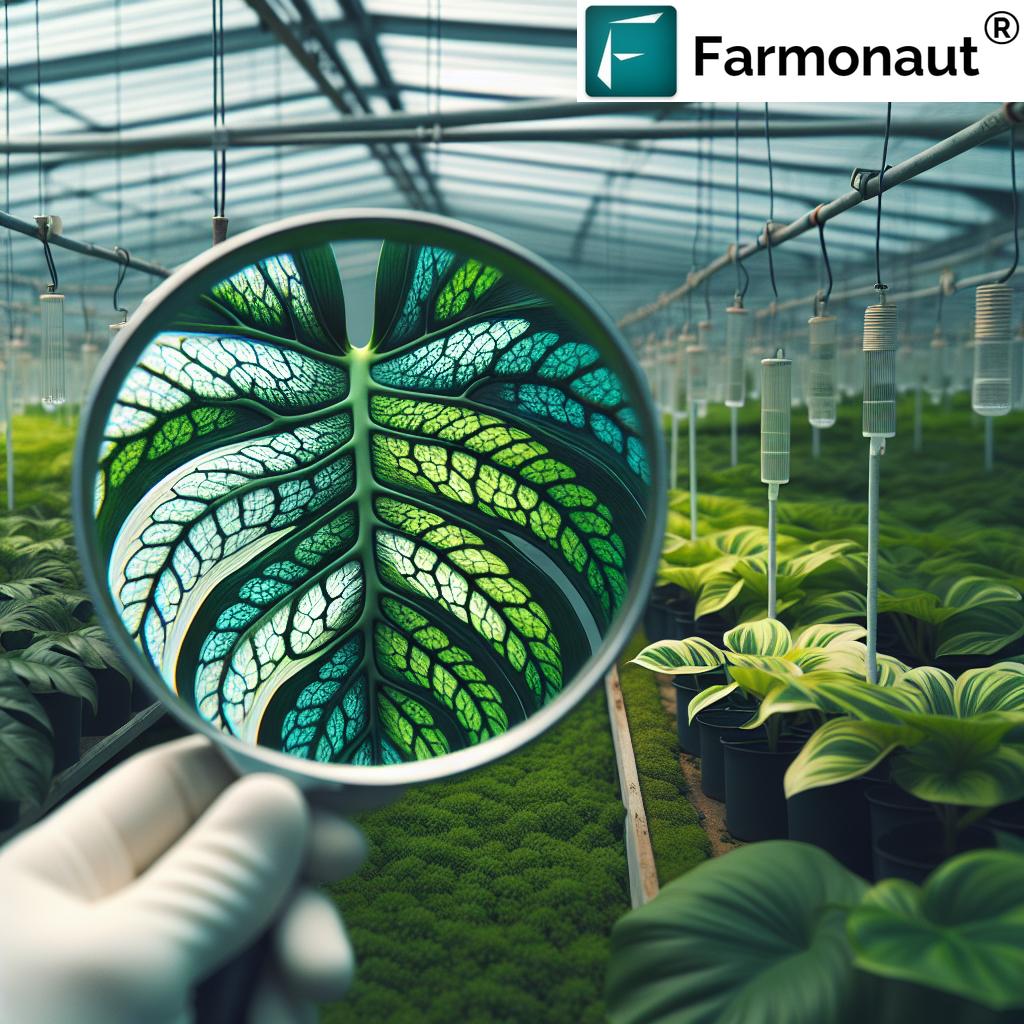Maximizing Garden Productivity: The Ultimate Guide to Raised Beds for Improved Soil Health, Drainage, and Plant Growth

In the world of gardening, raised beds have become increasingly popular for their numerous benefits. At Farmonaut, we understand the importance of optimizing garden spaces for better productivity and plant health. In this comprehensive guide, we’ll explore the advantages of raised beds, their construction, and how they can revolutionize your gardening experience. We’ll also discuss how our satellite-based technology can further enhance your raised bed gardening efforts.
Understanding Raised Beds
Raised beds are elevated garden structures that sit above the ground level. They are typically filled with high-quality soil and used for growing various plants, vegetables, and flowers. These structures offer several advantages over traditional in-ground gardening, particularly in areas with poor soil conditions or drainage issues.
Advantages of Raised Beds
- Improved Soil Quality: Raised beds allow for better control over soil composition, ensuring optimal growing conditions for plants.
- Enhanced Drainage: The elevated structure promotes better water drainage, reducing the risk of waterlogging and root rot.
- Increased Productivity: With better soil and drainage, plants in raised beds often yield higher harvests.
- Easier Pest Management: Raised beds can help deter some ground-dwelling pests and make it easier to implement pest control measures.
- Erosion Prevention: By containing soil within a structure, raised beds help prevent soil erosion, especially in sloped areas.
- Extended Growing Season: The soil in raised beds warms up faster in spring, allowing for earlier planting.
Construction and Materials
Raised beds can be constructed using various materials, each with its own set of pros and cons:
1. Wood
Wood is a popular choice for its natural look and affordability. Cedar and redwood are particularly durable options.
- Advantages: Affordable, easy to work with, natural appearance
- Disadvantages: May rot over time, requires maintenance
2. Concrete Blocks
Concrete blocks offer durability and a modern look.
- Advantages: Long-lasting, can be arranged in various designs
- Disadvantages: Heavy, can be more expensive than wood
3. Metal
Metal raised beds, such as those made from corrugated steel, are becoming increasingly popular.
- Advantages: Durable, long-lasting, resistant to pests
- Disadvantages: Can heat up quickly in direct sunlight
4. Stone or Brick
For a more permanent and aesthetically pleasing option, stone or brick raised beds are excellent choices.
- Advantages: Very durable, attractive appearance
- Disadvantages: Higher cost, requires more skill to construct
Soil Composition for Raised Beds
The success of your raised bed garden largely depends on the quality of soil you use. A good soil mix for raised beds typically includes:
- Topsoil (40-50%)
- Compost (30-40%)
- Peat moss or coconut coir (10-20%)
- Perlite or vermiculite (5-10%)
This mixture provides excellent drainage, nutrient retention, and aeration for plant roots. For areas with heavy clay soil, adding more organic matter can help improve drainage and soil structure.
Drainage in Raised Beds
Proper drainage is crucial for the health of your plants. Raised beds naturally provide better drainage than in-ground gardens, but there are ways to enhance this further:
- Ensure the bed is at least 6 inches deep, with 12 inches being ideal for most plants
- Add a layer of gravel at the bottom of the bed before filling with soil
- Slightly slope the bed to allow excess water to run off
- Use a well-draining soil mix as mentioned above
Good drainage prevents waterlogging, which can lead to root rot and other plant diseases. It also ensures that plant roots have access to the oxygen they need for healthy growth.
Plant Health and Growth in Raised Beds
Raised beds provide an optimal environment for plant health and growth. Here’s why:
- Better Root Development: The loose, well-aerated soil in raised beds allows for deeper and more extensive root systems.
- Improved Nutrient Availability: With controlled soil composition, plants have easy access to essential nutrients.
- Reduced Soil Compaction: Since you don’t walk on the soil in raised beds, it remains loose and conducive to root growth.
- Warmer Soil Temperatures: Raised beds warm up faster in spring, promoting earlier plant growth.
Pest Management in Raised Beds
While raised beds don’t eliminate pest problems entirely, they can make pest management easier:
- The elevated structure deters some ground-dwelling pests
- Better air circulation can reduce fungal diseases
- Easy access makes it simpler to spot and address pest issues early
- Companion planting is more manageable in raised beds, helping to naturally deter pests
Erosion Control and Soil Conservation
Raised beds are excellent for preventing soil erosion, especially in areas prone to heavy rainfall or on sloped terrain. The contained structure keeps soil in place, reducing the risk of nutrient loss and soil degradation. This is particularly beneficial in regions with poor soil quality or where erosion is a significant concern.
Productivity and Yield in Raised Beds
One of the most significant advantages of raised bed gardening is increased productivity. This is due to several factors:
- Higher plant density due to better soil conditions
- Extended growing season
- Improved soil and plant health leading to higher yields
- Easier maintenance and harvesting
Many gardeners report significantly higher yields from raised beds compared to traditional in-ground gardens of the same size.
Enhancing Raised Bed Gardening with Farmonaut Technology
At Farmonaut, we believe in combining traditional gardening methods with cutting-edge technology. Our satellite-based monitoring system can take your raised bed gardening to the next level:
- Real-time Crop Health Monitoring: Our satellite imagery provides insights into plant health, helping you identify issues before they become serious problems.
- Soil Moisture Tracking: Get accurate data on soil moisture levels, ensuring optimal watering practices.
- Weather Forecasts: Access localized weather predictions to plan your gardening activities effectively.
- AI-Powered Advice: Receive personalized recommendations for crop management based on real-time data.
To learn more about how Farmonaut can enhance your gardening experience, visit our app page or explore our API services.
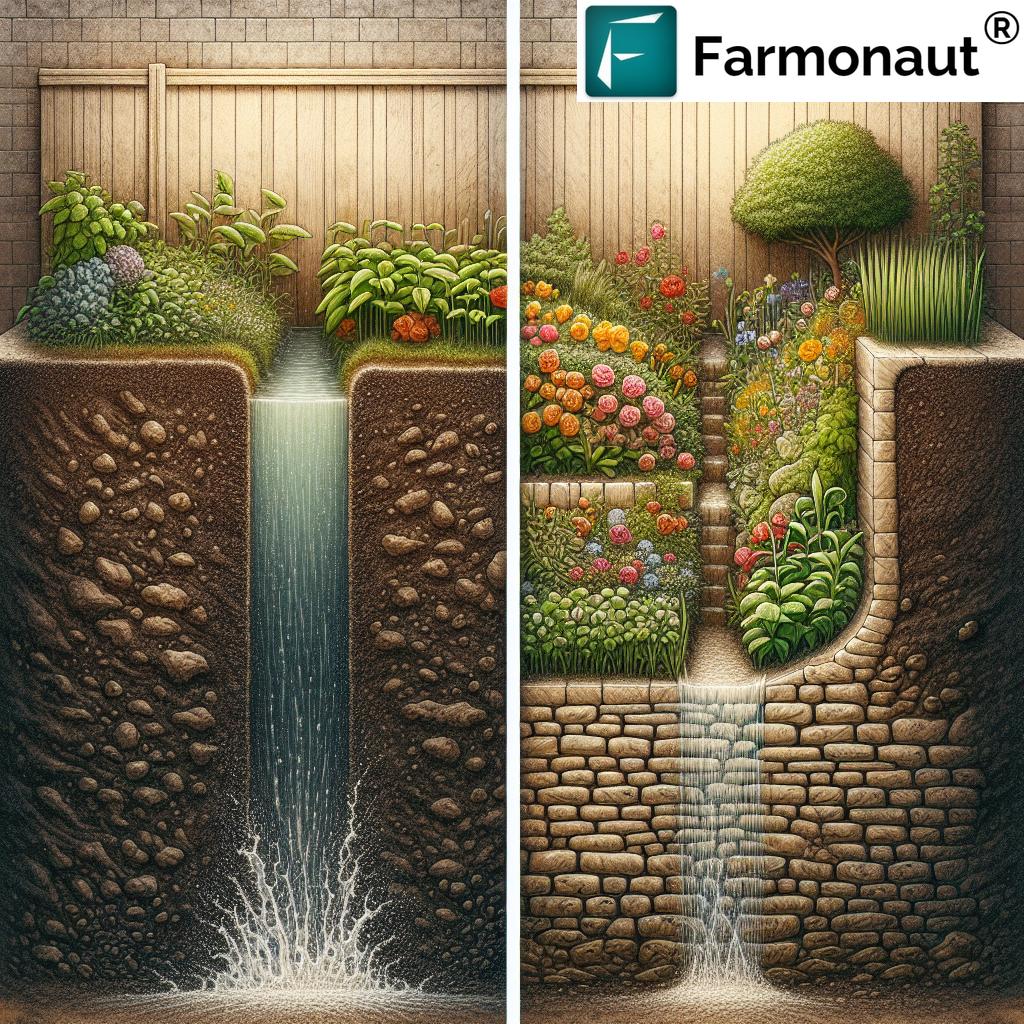
Comparison: Traditional Gardens vs. Raised Beds vs. Raised Beds with Farmonaut Satellite System
| Feature | Traditional Gardens | Raised Beds | Raised Beds with Farmonaut |
|---|---|---|---|
| Soil Health Monitoring | Manual, inconsistent | Better control, manual monitoring | Real-time satellite monitoring, AI-powered insights |
| Drainage Assessment | Often poor, depends on native soil | Improved, controlled environment | Advanced moisture tracking, predictive analysis |
| Plant Growth Tracking | Visual observation | Easier visual monitoring | Satellite-based growth analysis, early issue detection |
| Pest Detection | Manual inspection | Easier manual inspection | AI-assisted early pest detection, customized alerts |
| Productivity Measurement | Manual yield tracking | Improved yields, manual tracking | Data-driven yield predictions, performance analytics |
FAQs About Raised Bed Gardening
Q: How deep should a raised bed be?
A: Ideally, raised beds should be at least 6 inches deep, with 12 inches being optimal for most plants. Deep-rooted vegetables may require beds up to 18 inches deep.
Q: What are the best materials for building raised beds?
A: Popular materials include wood (cedar or redwood), concrete blocks, metal, and stone. The choice depends on your budget, aesthetic preferences, and durability requirements.
Q: Can I use raised beds on concrete or asphalt?
A: Yes, raised beds can be placed on hard surfaces. Ensure proper drainage by adding a layer of gravel at the bottom and drilling drainage holes if necessary.
Q: How often should I water plants in raised beds?
A: Watering frequency depends on various factors like climate, plant types, and soil composition. Generally, raised beds may require more frequent watering than in-ground gardens due to better drainage. Using Farmonaut’s soil moisture tracking can help optimize your watering schedule.
Q: Are raised beds good for all types of plants?
A: Raised beds are suitable for most plants, especially vegetables, herbs, and flowers. However, some large or deep-rooted plants may be better suited to in-ground planting.
Q: How can Farmonaut’s technology improve my raised bed garden?
A: Farmonaut’s satellite-based monitoring provides real-time data on crop health, soil moisture, and weather conditions. This information helps you make informed decisions about watering, fertilizing, and pest management, leading to healthier plants and higher yields.
Conclusion
Raised bed gardening offers numerous advantages for both novice and experienced gardeners. From improved soil health and drainage to increased productivity and easier maintenance, raised beds can transform your gardening experience. By combining these traditional methods with Farmonaut’s advanced satellite technology, you can take your gardening to new heights of efficiency and productivity.
Ready to revolutionize your gardening experience? Try Farmonaut today!
- Download our app for Android or iOS
- Explore our API documentation for developers


